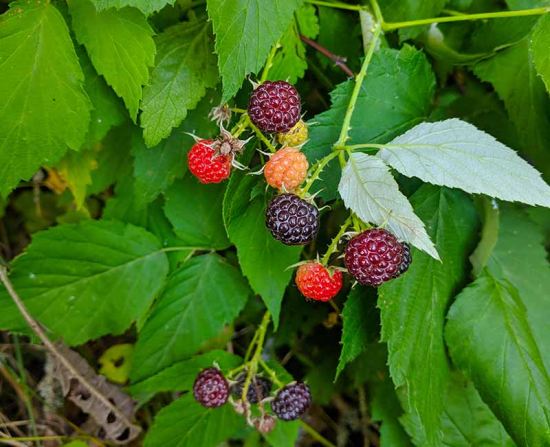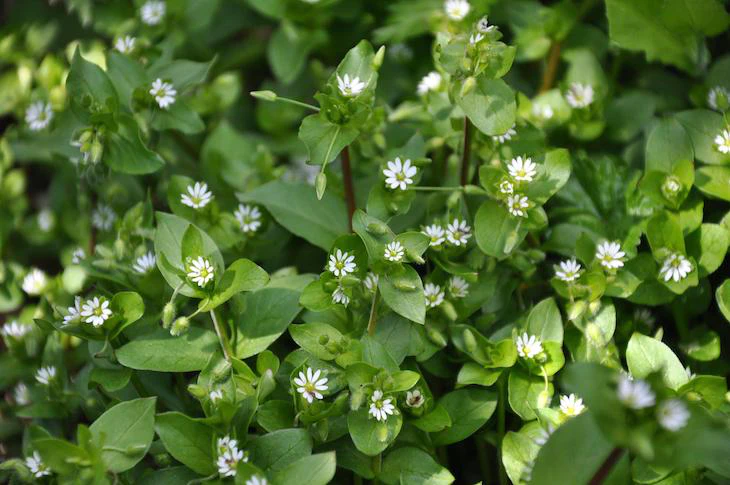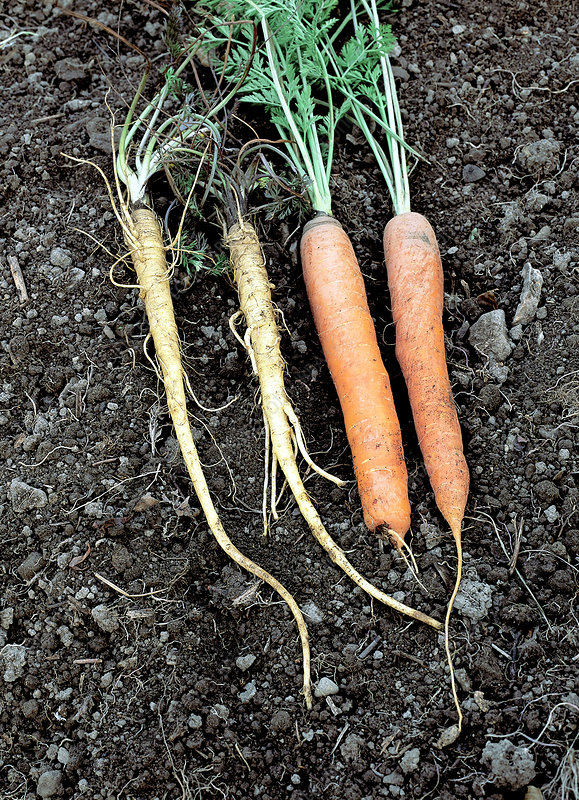Foraging for natural resources is a great way to find food in survival situations. Compared to hunting, trapping, and fishing, it’s much safer and has a high success rate. Plus, they’re widely available, which makes it convenient–you can even find many of them in your backyard.
Collecting wild food or edibles doesn’t take up much energy either–always a plus for survival. You can spend half an hour in the wild foraging and come back home with packs of food.
But before you go out pulling random plants, take the time to understand wild food first. There’s a reason why many survivalists are cautious about this topic; the wrong information can easily lead to illness or even death. But once you know what plants to look for, foraging gives you the opportunity to always have a food source.
Plant identification varies from region to region. Likewise, your current knowledge of plants may be different in other areas, especially in situations where you’ll do plenty of moving.
This article will a few universal guidelines so you can start familiarizing yourself with common wild edibles:
- Berries
- Nuts and Mushrooms
- Leafy Greens
- Plants for Medicinal Use
- Root Plants and Bulbs
- Plants in Water Areas
- How to Incorporate Wild Edibles in your Diet
BERRIES
Berries are a favorite among many survivalists because of their taste. They’re also a great source of calories and healthy sugars, so these edibles are good to stock up and store.

But be cautious; not all berries are alright to eat.
Here’s a quick guide on what berries to look out for:
- White or yellow-colored berries — the least safe. They’re safe to consume only 10% of the time when you come across them.
- Red-colored berries — significantly safer, increasing your chances to 50%.
- Black or blue-colored berries — overtake both varieties as they’re the safest to consume, around 90% of the time.
NUTS AND MUSHROOMS
- Nuts — Nuts are an excellent source of fats and proteins. They’re rarely toxic but can often be highly acidic or rotten.
A good way to check if a nut is rotten:
- Try a tiny bit of the nut.
- Check if the taste is bitter.
- If it is, boil the nuts and strain them two to three times.
- If the nut is still bitter, just look for other nuts to save time.
- Mushrooms — Unless you can positively identify the specific type of mushroom you come across in the wild, we advise staying away from them. A lot of mushrooms look alike, so stick with the types you’re the most confident in.
They’re also widely available and can be tempting to pluck, but it’s safer to pass these up than risk getting sick.
LEAFY GREENS
While most varieties of leafy green plants are safe to eat, they can be acidic and upset your stomach. There are also several plants you should avoid in general:
Stay away from these plants with these qualities:
- Thorns
- Waxy coating
- Foul smells
Like everything in the wild, it’s best practice to eat food in moderation.
Here’s a skin test to check how much of these leafy greens are safe for you to consume:
- First, crush the plants to a paste and wipe it on your wrist.
- If you don’t get any reaction in 15 minutes, apply the paste to your inner lip.
- Wait 15 minutes.
- When there is still no reaction, move the paste inside your mouth and spit it without swallowing. If you experience any itchiness, redness, or foul taste, it’s probably best to move on.
PLANTS FOR MEDICINAL USE
- Plantain — Not to be confused with the starchy banana-like fruit found in tropical areas. These are broad-leafed greens you can spot in sunny meadows.
Characteristics of Plantain:
- Waxy leaves
- Egg-shaped leaves with five to seven parallel veins
- Seed pos stretching from the leaves
You can use broadleaf plantain to treat these ailments:
- Infections
- Inflammation
- Kidney
- Bladder
- Stomach and intestinal problems
- Insect bites

- Chickweed — These are durable plants and grow close to the ground in patches. Chickweeds are a natural pain reliever–and are pretty tasty too.
Characteristics of Chickweed:
- 1/2–1 and 1/4″ long leaves
- Stringy white stems growing from the center
- Leaves resemble the shape of a mouse’s ear
ROOT PLANTS AND BULBS
- Burdock — Only the plant’s root is edible and can be eaten raw or boiled. Think of it as somewhere between a carrot and a potato.
Characteristics of Burdock:
- Resembles rhubarbs
- Long stalks stretching several feet
- Leavers are large and spade-shaped
- Sometimes grows a spiny purple flower
- Wild Carrots — These root vegetables look very much like their farmed counterpart. But stay cautious because there’s a toxic variety of wild carrots. The best way to test if a carrot’s the poisonous kind is to take a sniff. If it smells like a regular carrot, you’re good to go.

- Wild Garlic and Onions — You should already be familiar with this food. Their wilder counterparts look more similar to each other, but their smells should be just as distinct. The shoots are often longer than other grasses and cut hollow. You can dig up and eat the bulbs or eat the tops.
PLANTS IN WATERY AREAS
- Watercress — Watercress has round leaves and grows in dense patches along river banks and streams. This plant has a pepper-like flavor and can be a great addition to your meals.
- Cattail — You can spot this plant on the edges of various water bodies. It has distinct elongated brown seed pods. A tender, white shoot can be found at the base of cattails and can be consumed cooked or raw.
- Bull Kelp – Kelps are born from the sea and can be found along almost any shore in the world. This plant can be eaten cooked or raw; they’re especially great in soups.
Characteristics of Bull Kelp:
- Brown or yellow
- Hollow
- Tubular
- Fiddlehead Ferns – These ferns thrive in moist forest environments. The plant is curled like a violin’s head and stands only at a few inches. These ferns are also delicacy, so you’re lucky if you spot them.
HOW TO INCORPORATE WILD EDIBLES IN YOUR DIET
Now that we’ve guided you on basic foraging, it’s time to put that knowledge into real-world practice. It’s the best way to make sure the information sticks.
You can start as early as now by incorporating wild edibles into your daily diet.
- Start foraging at home — Instead of buying your greens in the grocery, go to a wild area and do some foraging there. On your hiking and camping trips, pick up some wild food items you spot along the trail and add them to your meals.
- Test and prepare for allergies — Like regular food, you can buy in the grocery store, you can also get allergic reactions from wild food. If you feel any itchiness or redness or swelling on your lips and throat after eating, that’s a sign to avoid that plant.
A couple of ways to prep for any allergies:
- Keep anti-histamines in hand–get the non-drowsy kind. You don’t want to fall asleep in survival situations. If the reaction gets worse, don’t hesitate to get checked by a doctor.
- Do the plant test method. Another way is prevention-focused, always do the plant test method whenever you encounter a plant for the first time. Almost all plants are reaction-free, but it’s best to be safe.
Make sure to practice foraging before you find yourself in survival situations. These could just save your life.
